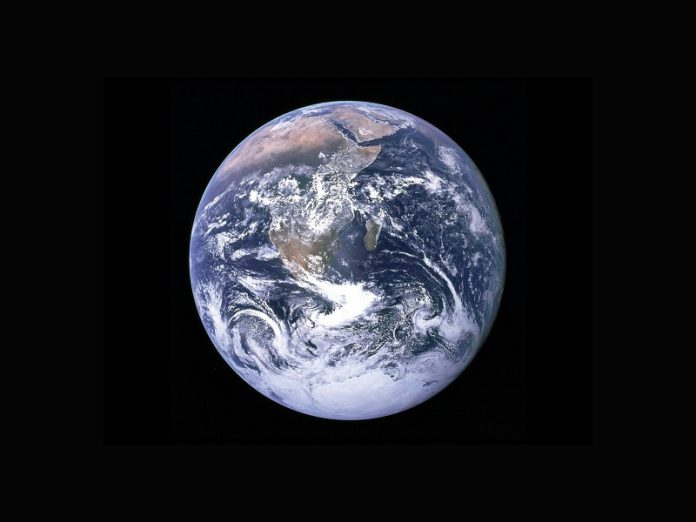
Recent geochemical discoveries have revealed that Earth’s “Great Oxidation Event” (GOE) lasted around 200 million years, transforming our planet’s atmosphere and oceans.
This period, which began about 2.5 billion years ago, saw the first significant accumulation of free oxygen (O2) in Earth’s atmosphere, setting the stage for the rise of complex life.
The Great Oxidation Event, often thought of as a single event, was actually a prolonged and complex process.
New research led by Chadlin Ostrander, an assistant professor at the University of Utah, sheds light on this dynamic period.
Ostrander’s team found that the initial rise of oxygen in Earth’s atmosphere was not a smooth process but occurred in fits and starts until about 2.2 billion years ago.
“Tracking the accumulation of oxygen in the oceans has been very challenging,” said Ostrander, the lead author of the study published in the journal Nature.
“Our data supports the idea that the rise of oxygen in Earth’s atmosphere was dynamic and extended these findings to the oceans.”
The research team focused on marine shales from South Africa’s Transvaal Supergroup to understand ocean oxygenation during this critical period.
By analyzing stable thallium (Tl) isotope ratios and redox-sensitive elements, they found evidence of fluctuating oxygen levels in the oceans that matched changes in atmospheric oxygen.
Ostrander explained that knowing the oxygen content of the oceans is crucial since Earth’s earliest life forms likely originated and evolved there.
“The O2 levels in the oceans probably played a more important role in early life than the atmosphere,” he said.
The research builds on the work of Simon Poulton from the University of Leeds and Andrey Bekker from the University of California, Riverside. In a 2021 study, their team discovered that oxygen didn’t become a permanent part of the atmosphere until about 200 million years after the GOE began. This was much later than previously thought.
The evidence of an anoxic atmosphere (lacking oxygen) before the GOE is found in rare sulfur isotope signatures in sedimentary records. These signatures suggest multiple rises and falls of oxygen levels in the atmosphere during the GOE, indicating it was not a single event.
“Earth needed time to evolve biologically, geologically, and chemically to support oxygenation,” Ostrander said. “It’s like a teeter-totter: you have oxygen production, but also a lot of oxygen destruction. We’re still figuring out when Earth permanently tipped towards an oxygenated atmosphere.”
To map ocean oxygen levels during the GOE, the team used stable thallium isotopes. Advances in mass spectrometry allowed them to accurately analyze these isotopes.
Thallium isotope ratios are sensitive to manganese oxide burial on the seafloor, a process requiring oxygen in seawater.
The researchers found enrichments in the lighter-mass thallium isotope (203Tl) in marine shales, indicating oxygen accumulation in seawater.
These enrichments matched periods when the atmosphere was oxygenated and disappeared when the atmosphere flipped back to anoxic conditions. This correlation was confirmed by redox-sensitive element enrichments.
“When sulfur isotopes indicate an oxygenated atmosphere, thallium isotopes show oxygenated oceans, and vice versa,” Ostrander said. “This new information helps us understand how the atmosphere and oceans were oxygenated and deoxygenated together, providing valuable insights into ancient Earth.”
This study highlights the intricate and prolonged process of Earth’s oxygenation, crucial for the evolution of life as we know it.



